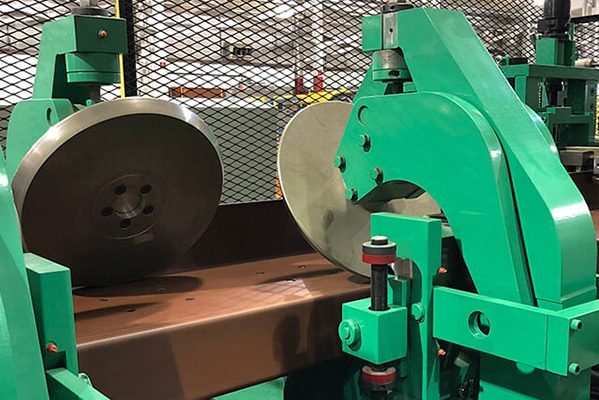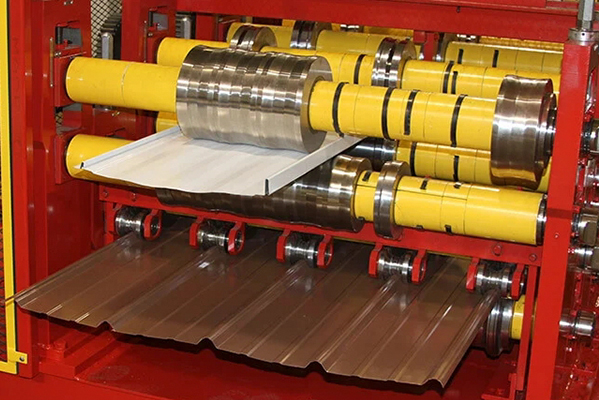Navigation Menu
Contact Us
- Email:
- info@wxavatar.com
- Address:
- Yurong Village, Yuqi Street, Huishan District, Wuxi, China.
Release Date:Apr 26, 2025 Visit:53 Source:Roll Forming Machine Factory
Rolling is a common manufacturing process, but like any production method, it can sometimes result in defects. These flaws can affect the quality, strength, and appearance of the final product. Here are some of the most common defects found in rolled metal, dough, and other materials—and why they happen.
1. Surface Cracks
What it looks like: Small fissures or splits on the surface.
Why it happens:
Material is too brittle or has impurities.
Rolling temperature is too low (for metals).
Excessive rolling force causes stress cracks.

2. Edge Cracking
What it looks like: Cracks along the edges of the rolled sheet or strip.
Why it happens:
Uneven material flow during rolling.
Poor-quality starting material with weak edges.
Over-rolling thin sections.
3. Wavy Edges
What it looks like: Ripples or uneven waves along the edges.
Why it happens:
Rollers are misaligned or worn out.
Material is thinner at the edges than in the center.
Incorrect roller pressure distribution.
4. Alligatoring (Split Ends)
What it looks like: The material splits lengthwise, resembling an alligator’s mouth.
Why it happens:
Excessive rolling force causes internal stresses.
Poor-quality or non-uniform starting material.
5. Lamination Defects
What it looks like: Layers of material separate or peel apart.
Why it happens:
Trapped air, oxides, or impurities between layers.
Poor bonding during hot rolling.
6. Roll Marks & Scratches
What it looks like: Visible lines, dents, or scratches on the surface.
Why it happens:
Dirty or damaged rollers.
Foreign particles stuck in the rolling machine.
7. Dimensional Inaccuracy
What it looks like: The product is too thick, thin, or uneven.
Why it happens:
Improper roller settings.
Machine wear or misalignment.
Inconsistent feeding speed.
8. Internal Stresses & Warping
What it looks like: The material bends or twists after rolling.
Why it happens:
Uneven cooling (in metals).
Residual stress from improper rolling pressure.

How to Minimize Defects
Use quality raw materials – Impurities often cause problems.
Maintain proper rolling temperature – Especially important for metals.
Regular machine maintenance – Worn-out rollers lead to defects.
Check alignment and pressure – Ensures even rolling.
Final Thoughts
While rolling is an efficient way to shape materials, defects can still occur due to machine issues, material flaws, or improper settings. Knowing these common problems helps in troubleshooting and improving product quality. Regular checks and proper setup can go a long way in preventing these issues.